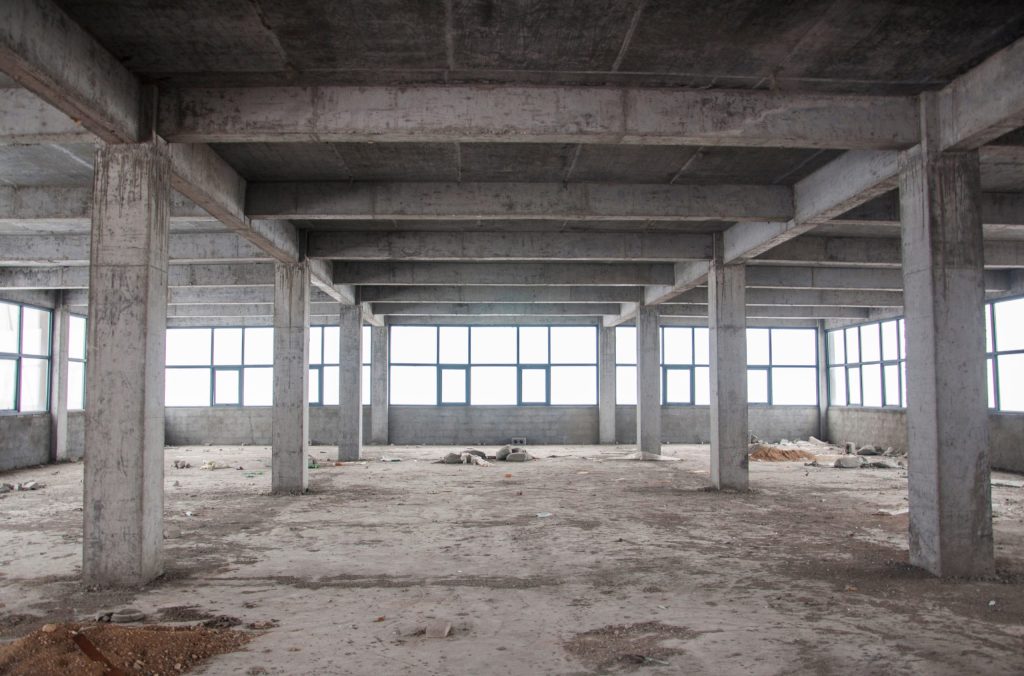- Our Services
- Defect Analysis Surveys
Defect Analysis Surveys
T: 0161 518 8671
E: bc@roger-hannah.co.uk
Defect Analysis Surveys, also known as Defect Surveys or Building Defect Reports, use the process of investigating possible and confirmed defects found in properties.
A Defect Survey is used to assess a particular problem with a property’s structure or condition with a focus on the specific area of concern.
Defect Analysis is necessary if a specific issue has been identified. Alternatively a Defect Survey is a useful means in identifying or pinpointing suspected defects, or as part of further detailed investigations after an initial Acquisition or Condition Survey, for example.

Advantages of a Defect Analysis Report
A Defect Survey helps to identify the cause of defects or suspected defects. They provide an in depth understanding of each defect including details of the findings of the inspection, causes and severity of the defects and the potential costs of remedial action. A Defect Analysis report provides you with:
-
An in depth understanding: Gain in depth information on defects affecting your property and assets, including information on their cause; any implication and recommended plan of action to rectify with associated costs.
-
Help with Dispute Resolution: Detailed information on the extent of any issue and the costs of rectifying it, prior to purchase or entering into a lease. They can also be utilised as a means of resolving disputes.
-
Guidance: An in depth report detailing the findings of the inspection, including cause and remedial action required, which can be used to obtain quotes for the repair works.
Examples of Defect Analysis Surveys
Defect Analysis reports can be used to investigate a wide range of building defects, including:
-
Dampness.
-
Potential Structural Movement.
-
Cracking / Bowing to walls.
-
Roof covering and rainwater defects.
-
Timber decay / rot.
-
Poor construction.












